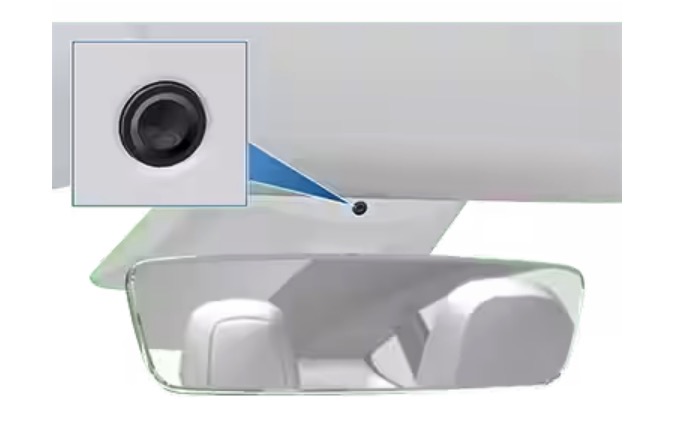
Tesla Cabin Camera Role Raises Questions from NHTSA Probe

According to Reuters, the National Highway Traffic Safety Administration (NHTSA) is demanding Tesla provide answers related to the role of the in-cabin camera within its vehicles, as part of the safety regulator’s probe into Autopilot.
The NHTSA launched a probe into Tesla’s advanced driver assistance system called Autopilot last year. In June of this year, the probe widened after some Tesla vehicles hit stopped emergency vehicles while using Autopilot. Tesla quickly sent a software update to address and fix the issue.
According to the NHTSA’s 9-page letter on Thursday, the regulator asks Tesla to explain “the role that the Cabin Camera plays in the enforcement of driver engagement/attentiveness.”
“The cabin camera can determine driver inattentiveness and provide you with audible alerts, to remind you to keep your eyes on the road when Autopilot is engaged,” explains Tesla’s user manual.
“By default, images and video from the camera do not leave the vehicle itself and are not transmitted to anyone, including Tesla, unless you enable data sharing. If you enable data sharing and a safety critical event occurs (such as a collision), Model Y shares short cabin camera video clips with Tesla to help us develop future safety enhancements and continuously improve the intelligence of features that rely on the cabin camera,” explains the electric automaker.
“Data may also be shared if diagnostics are required on cabin camera functionality. Cabin camera does not perform facial recognition or any other method of identity verification. To protect your privacy, cabin camera data is not associated with your vehicle identification number,” says Tesla.
Data sharing preferences for Cabin Camera can be changed at any time by going to Controls > Software > Data Sharing > Allow Cabin Camera Analytics.
Tesla first implemented the Cabin Camera in its Model 3, and soon after it has expanded to all new vehicles. The feature was enabled for the Model 3 and Model Y back in May 2021.

